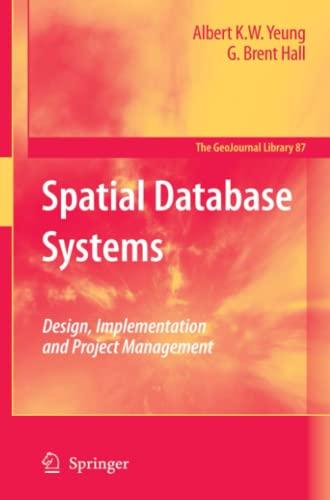Question
Need help fixing my code. input1.txt: string head world digital remove tail remove [2] hello print remove tail output: print input2.txt: int tail 23 2
Need help fixing my code.

input1.txt:
string head world digital remove tail remove [2] hello print remove tail
output:
input2.txt:
int tail 23 2 remove [0] 65 5 remove [3] remove [2] 0 45 remove tail 15
output:
2 0 15
input3.txt:
char head c remove tail remove tail h w o p e remove head remove tail remove head r
output:
r o w
my code:
#include
template
template
public: linkedlist(); ~linkedlist(); bool isEmpty() { return head == nullptr; } int getSize() { return size; } void addAtHead(T value); void addAtTail(T value); void removeAtHead(); void removeAtTail(); void addAtPos(T value, int pos); void print(); };
template
template
template
template
template
node
template
node
template
while(curr != nullptr) { if(curr == nullptr) { cout value; }
else { cout value next; } }
//outputFile *cu = head; while (cu != nullptr) { cout data next; }*/
template
node
if (pos > size) return; else if (pos == 0) { head = temp; temp->next = cu; } else { for (int i = 0; i next; } prev->next = temp; temp->next = cu; } size++; }
int main() {
ifstream ifs("input1.txt"); ofstream output("output.txt"); string type = ""; string location = ""; string in = ""; linkedlist else if (type == "int"){ if (location == "head"){ if (in == "removetail"){ listInt.removeAtTail(); } else if (in == "removehead"){ listInt.removeAtHead(); } else{ listInt.addAtHead(stoi(in)); } } else{ if (in == "removetail"){ listInt.removeAtTail(); } else if (in == "removehead"){ listInt.removeAtHead(); } else{ listInt.addAtTail(stoi(in)); } } listInt.print(); } else if (type == "char"){ if (location == "head"){ if (in == "removetail"){ listChar.removeAtTail(); } else if (in == "removehead"){ listChar.removeAtHead(); } else{ listChar.addAtHead(in[0]); } } else{ if (in == "removetail"){ listChar.removeAtTail(); } else if (in == "removehead"){ listChar.removeAtHead(); } else{ listChar.addAtTail(in[0]); } } listChar.print(); } } return 0; }
Step by Step Solution
There are 3 Steps involved in it
Step: 1

Get Instant Access to Expert-Tailored Solutions
See step-by-step solutions with expert insights and AI powered tools for academic success
Step: 2

Step: 3

Ace Your Homework with AI
Get the answers you need in no time with our AI-driven, step-by-step assistance
Get Started


